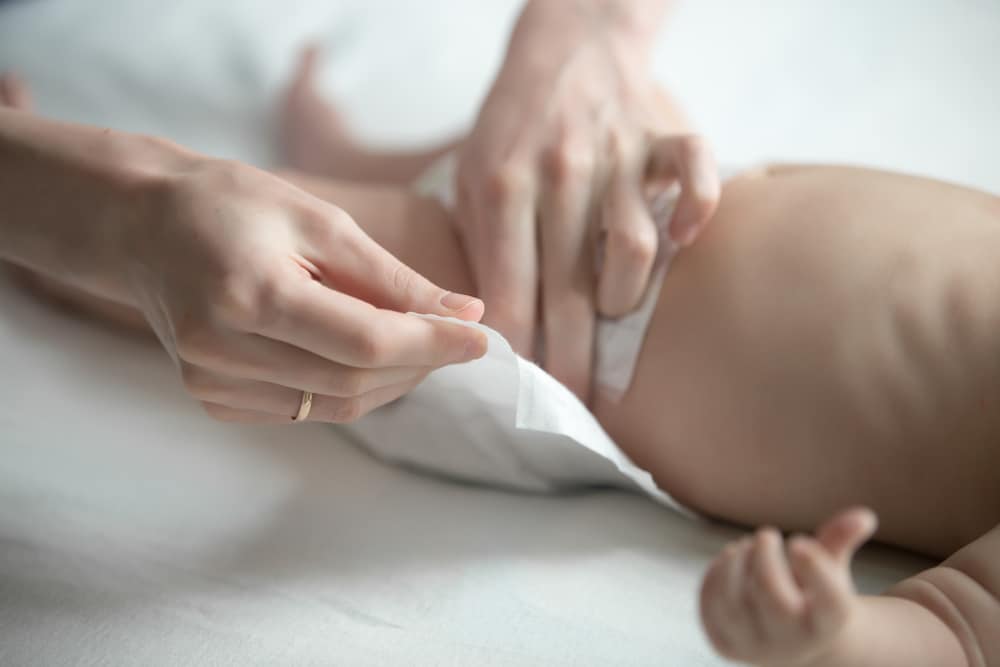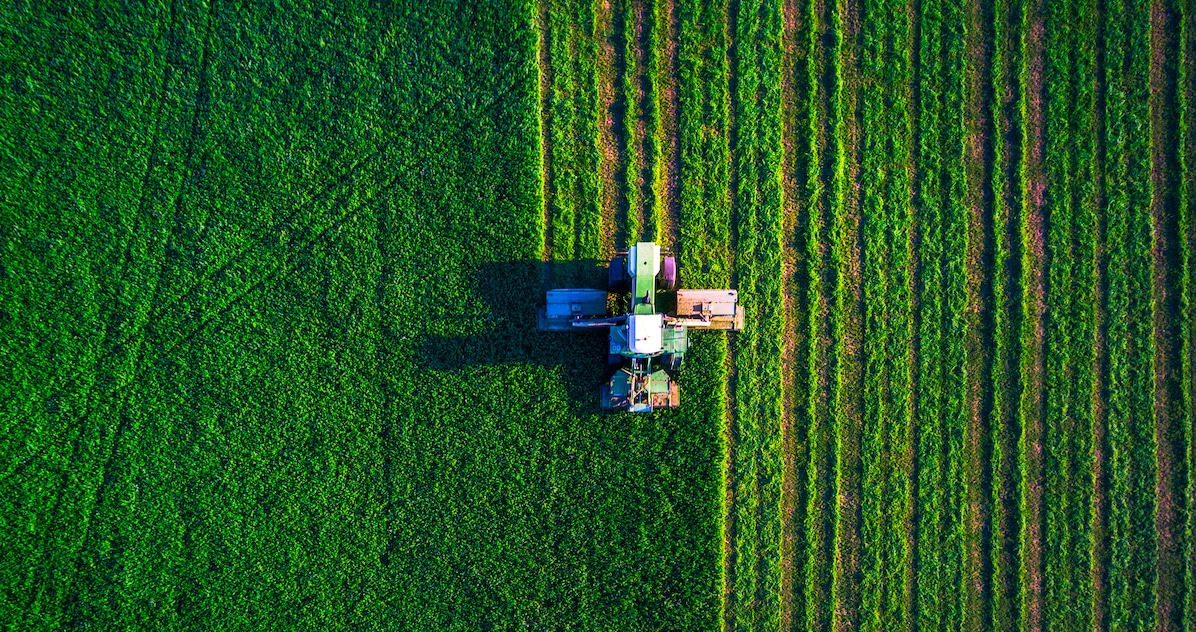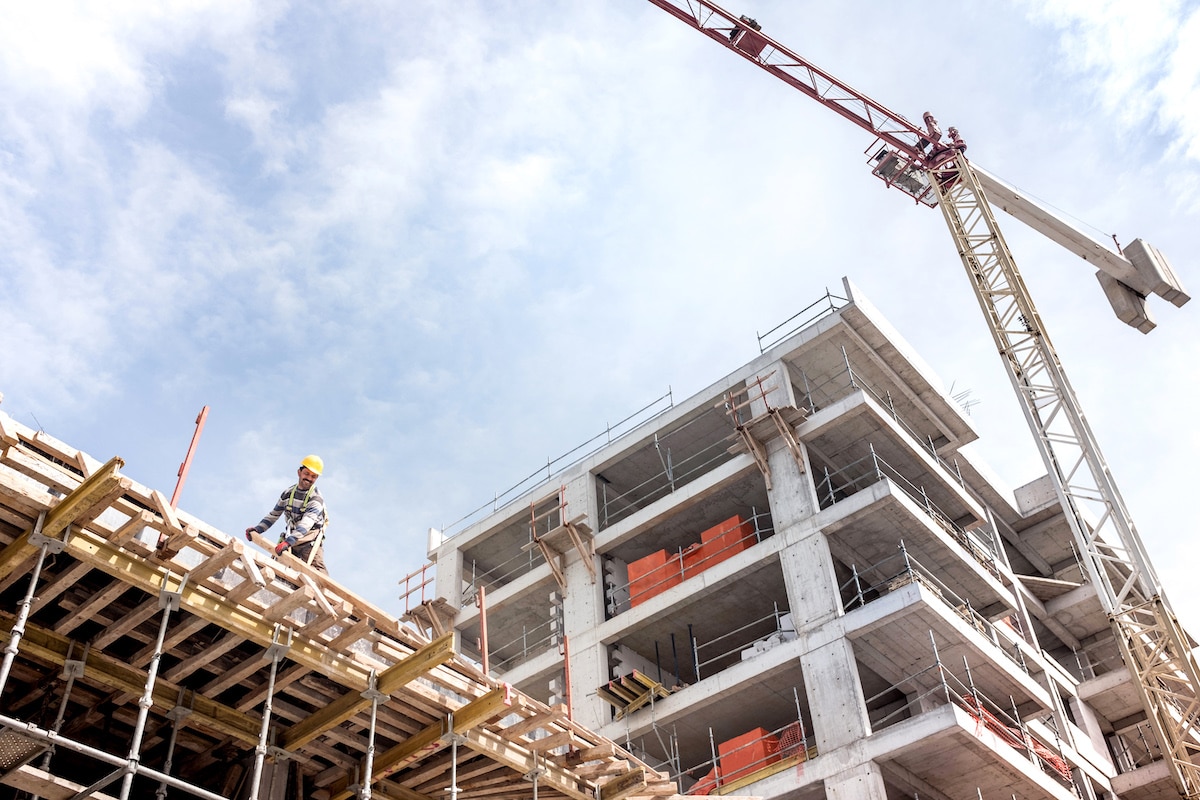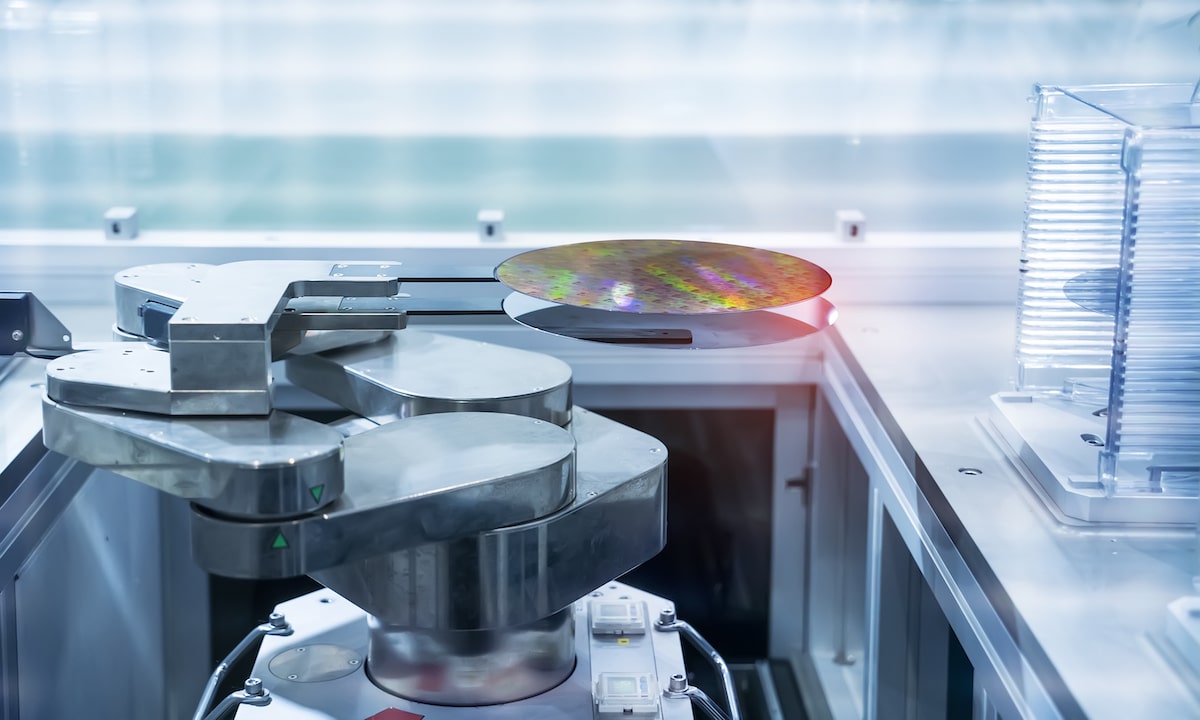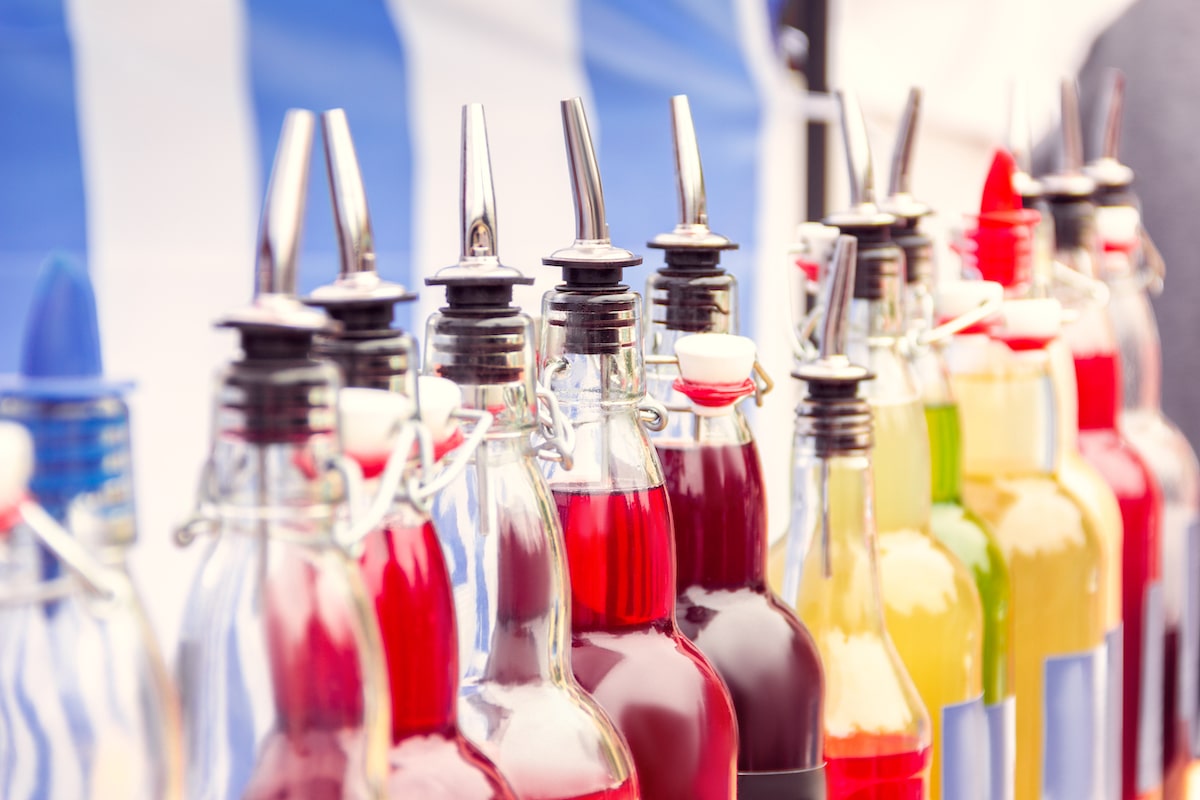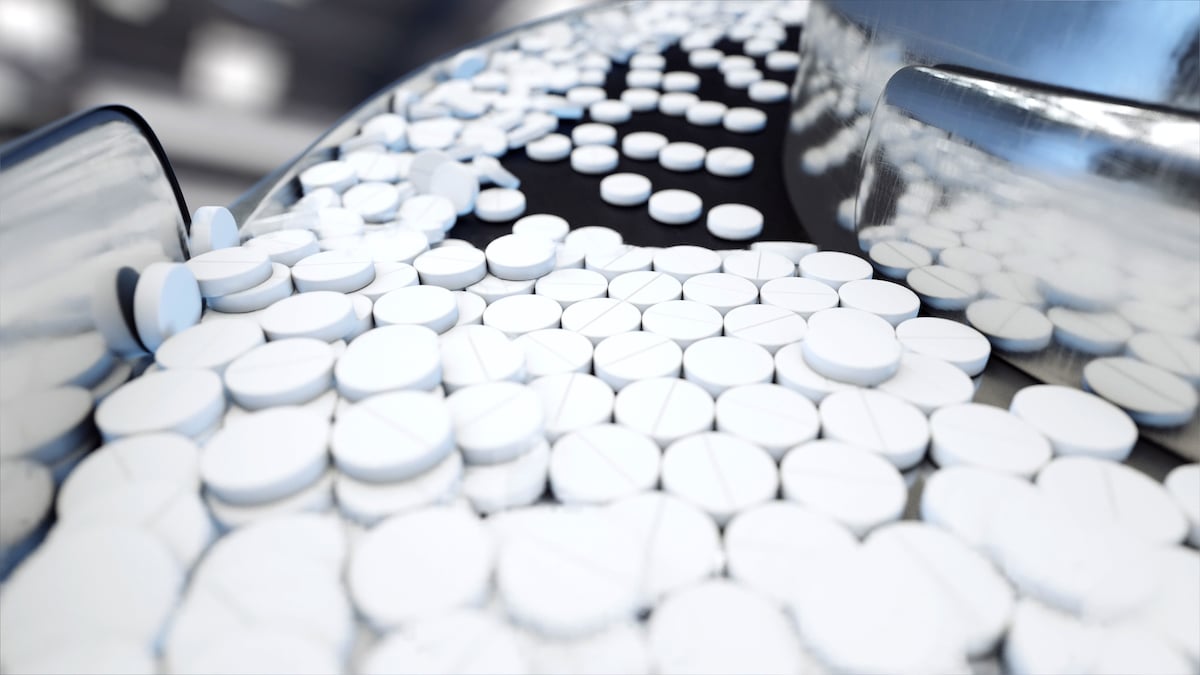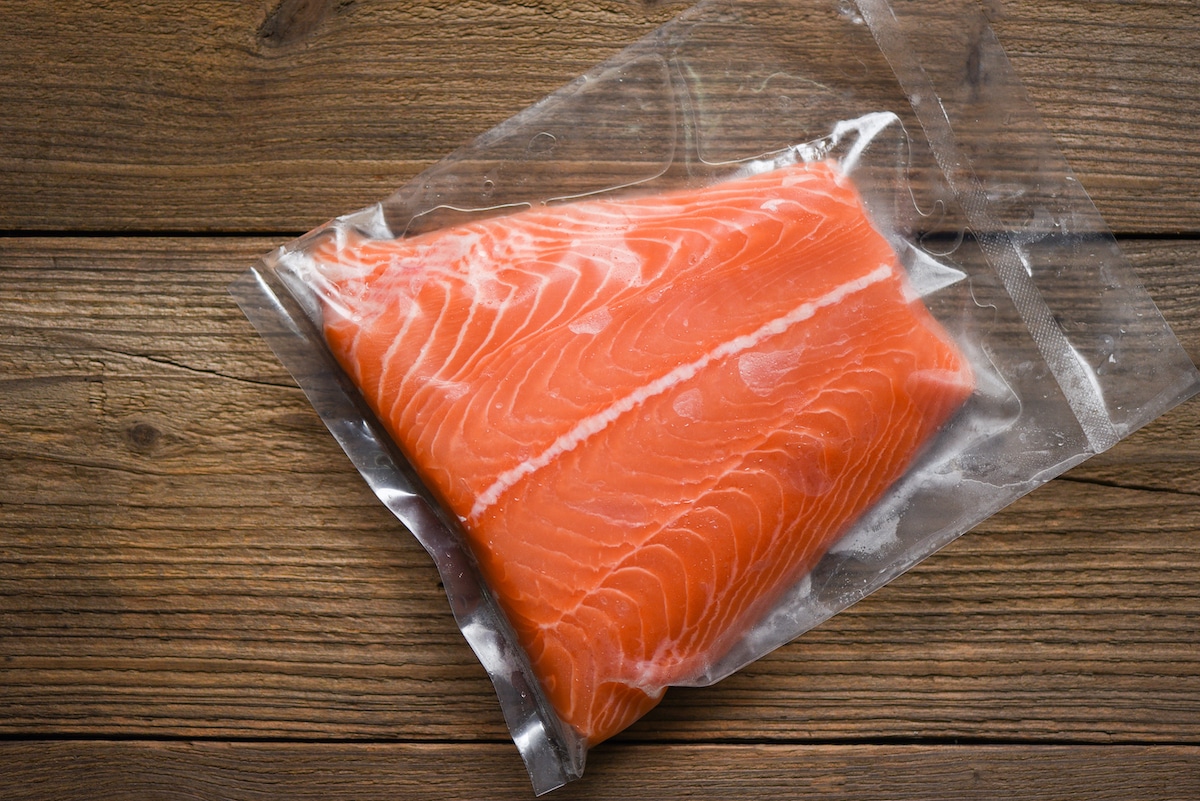Our ammonium sulfate field trial is sitting at R3 maturity. Van Larson, our independent agronomist, and his staff are seeing 15-20 internodes on average, and our beans are healthy and fully canopied. We are in the midst of fungicide and insecticide applications and are happy that pest and disease pressure appear to be on the lighter side, so far. After successfully planting most of our beans in late April, we had a very cool and dry May followed by record heat — in the 90s — in June, so our crops have experienced a blend of stress this season. We feel this is where the benefits of ammonium sulfate really show up.
It’s normal in Minnesota to have cool springs which bring with them slow soil warm-up. One reason we are interested in learning more about applying AMS as a supplemental nitrogen and sulfur source is to confirm that it helps our early planted soybeans emerge and supports the establishment of strong roots and nodules.

Our trial fields were planted in late April with 1.9 maturity, food-grade varieties that will be exported after harvest. Early planting has been a pillar of our soybean program management and has us moving away from 2.2-2.3 maturity varieties down to sub-2’s since they are planted in April most years. The combination of earlier planting, supplemental nutrition and late season fungicides and insecticides has helped us increase yield and crop quality in tandem, which is very important for food-grade soybean markets.
This test field has had two treatments of AMS. First, we applied 110 lbs. of AMS immediately after planting, and second, we applied 110 lbs. of AMS at R1 top dress. We are monitoring both treatments and the untreated fields through scouting and tissue samples across key maturity phases. Check back soon as we share our findings as the season transitions into its final stages here in southern Minnesota.

